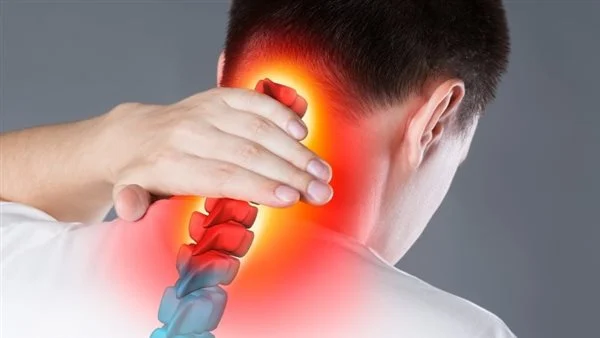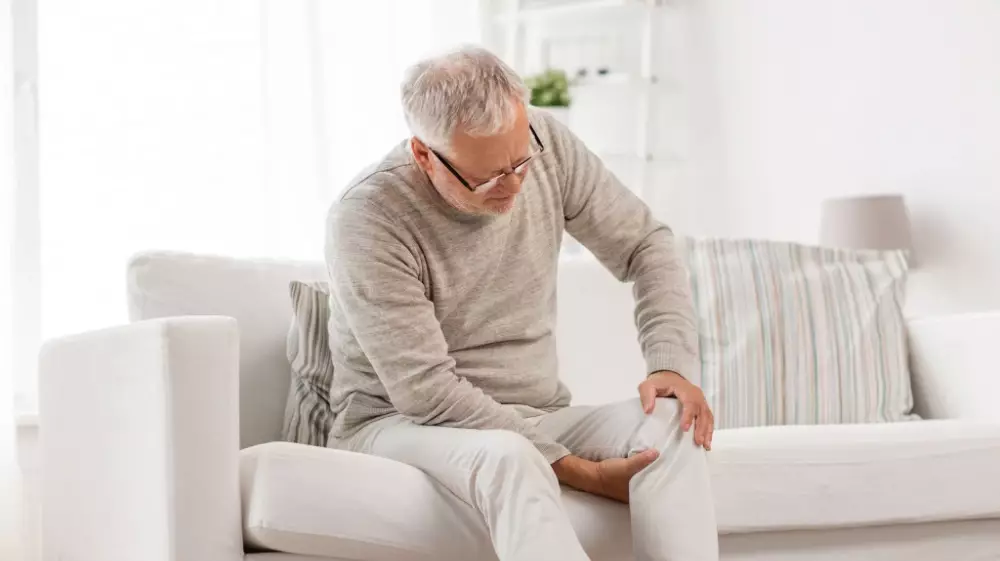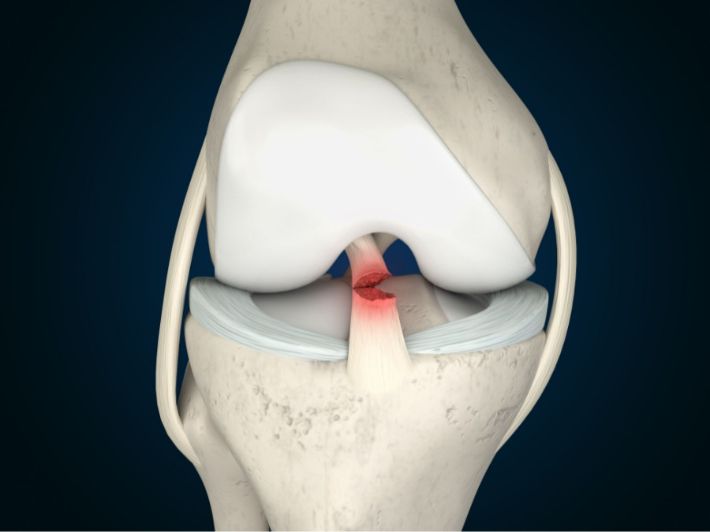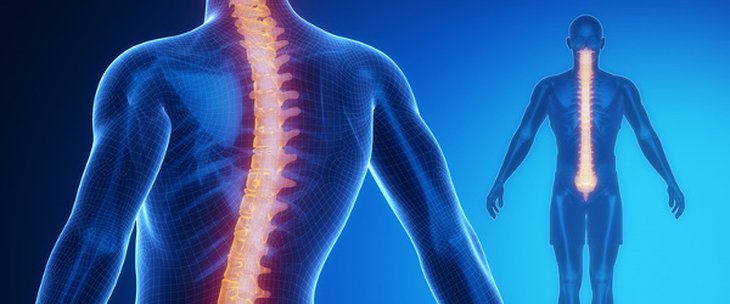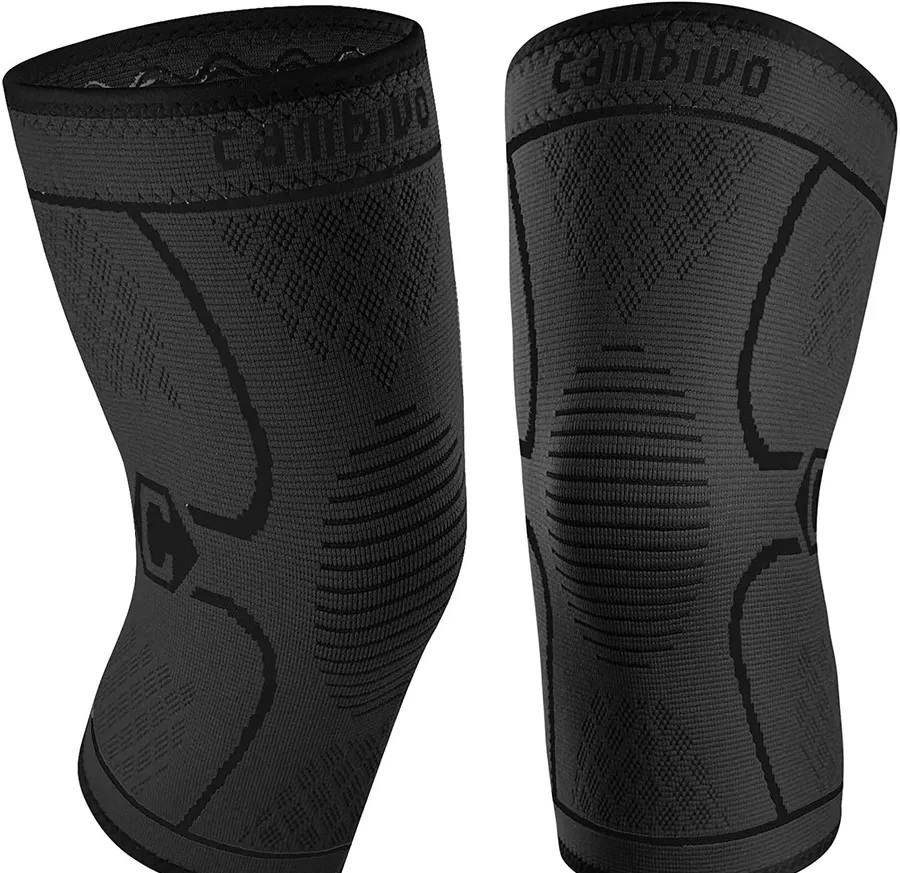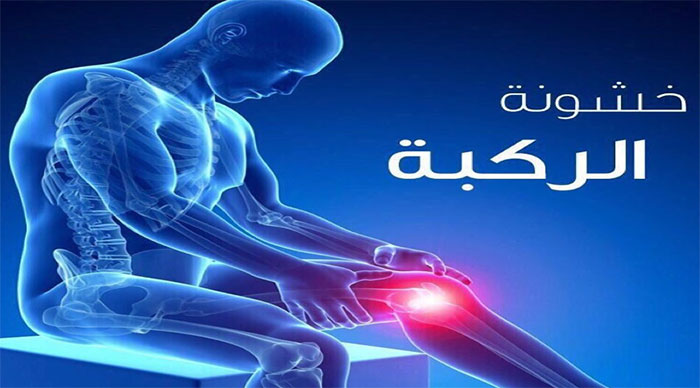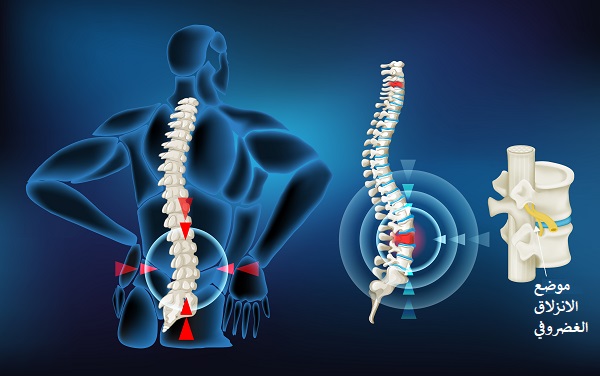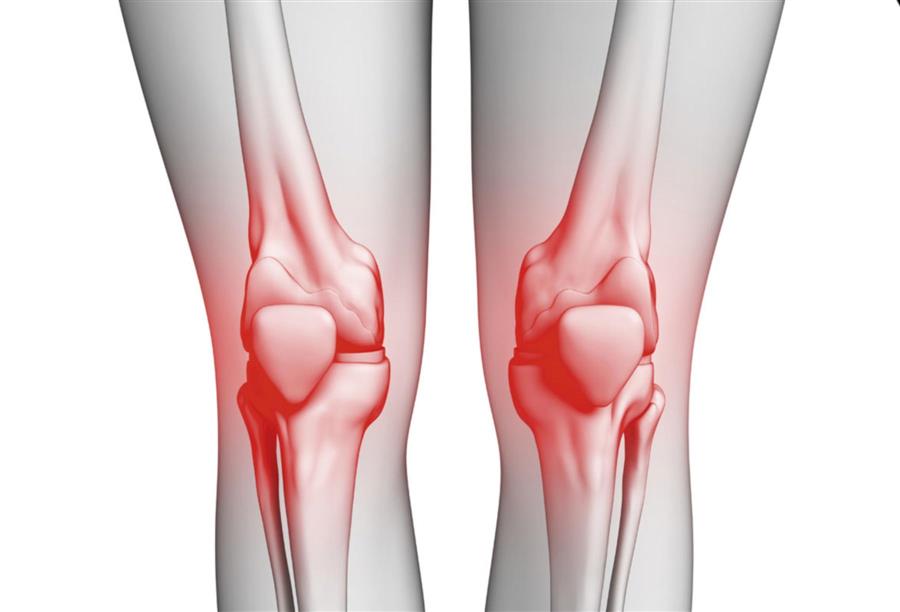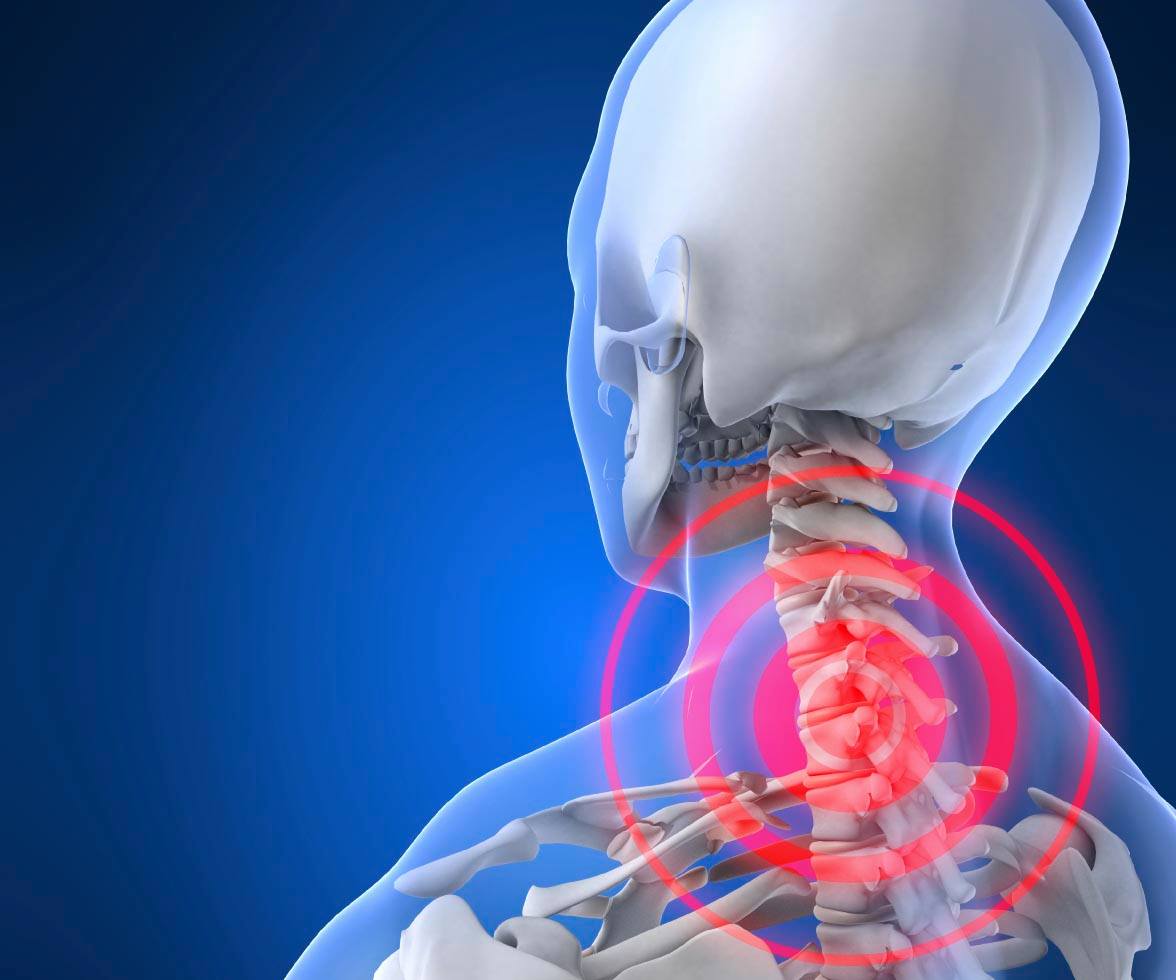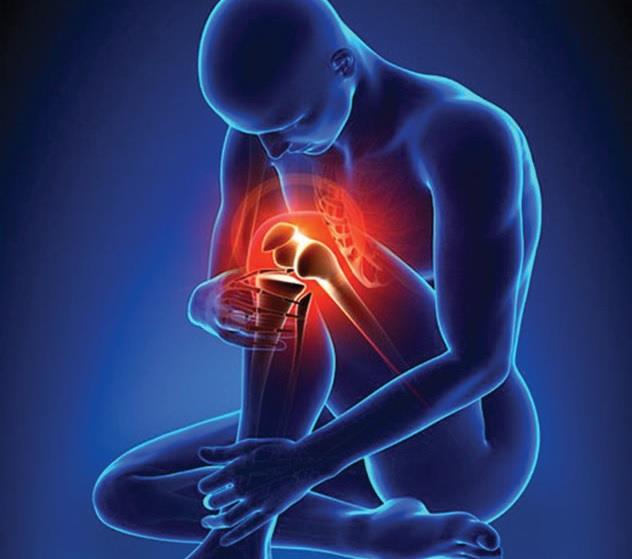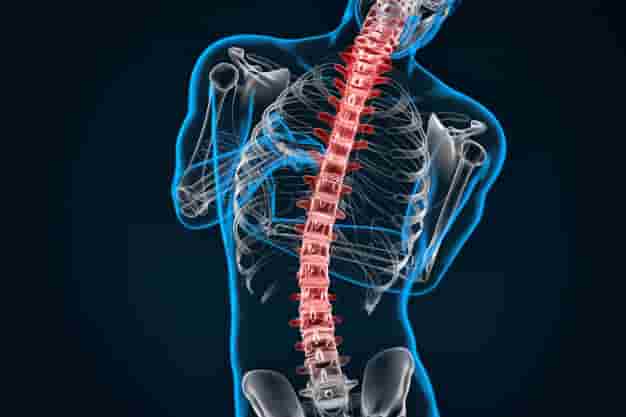What you do not know about knee swelling
The appearance of swelling in the knee area may carry a lot of meanings that we must pay attention to, although most of the time this happens as a result of simple factors, but it may be considered an indication of some diseases at other times, in the following article we will get to know richer information on this subject, so let us read the following.
Knee swelling
Knee swelling occurs due to the accumulation of excess fluid inside the knee joint or in the area around it, and the doctor may diagnose this disease as an effusion in the knee joint. This swelling may occur according to many reasons, such as a strong collision or fall, suffering from any of the chronic joint diseases, or receiving an infection.
It is treated by removing some of the fluids that collect around the joint, as this helps to greatly calm the pain and reduce the severity of the tumor, and it is better to start receiving treatment as soon as the reason behind this occurrence is revealed.
When is knee swelling dangerous?
The swelling that occurs in the knee is dangerous when the amount of fluid that collects around the joint increases greatly to the point that makes the patient unable to fully bend or straighten the knee, and this may be accompanied by very severe pain in the knee area that may affect the individual’s movement naturally and make him unable to balance well.
Causes of knee swelling
- Bleeding in the joint results in swelling in the knee and severe pain.
- Accumulation of a large amount of synovial fluid in the knee area.
- Inflammation of the knee.
- An accident that causes a fracture or sprain.
- An individual has a tumor, whether malignant or benign.
- Suffering from rheumatoid arthritis.
- Gout infection.
- Exposure to some false infections.
- Inflammation of the bursa in front of the kneecap.
- The appearance of an abscess anywhere in the knee area.
- Knee wear and tear and overuse.
- Osteoporosis.
- Doing exercises that require very violent movements.
The cause of knee swelling
When the doctor notices the presence of swelling in the knee, he wants to know the main reason behind this, and he performs a physical examination and then requests several tests to determine the reason for this happening, such as:
- X-ray: It shows whether the bones have fractures or not, and determines whether the cause of the swelling is arthritis or not.
- Ultrasound: This test uses sound waves to determine if there are any problems with the tendons or ligaments.
- Magnetic resonance imaging: This is done to see if there are any problems with the tendons, ligaments, or any of the soft tissues that do not appear on the x-ray.
Benign knee tumor
Individuals often suffer from benign swelling in the knee as a result of a defect in the normal tissue of the bone as a result of the occurrence of proliferation in more than one tissue inside the bone, or the occurrence of improper production of bone tissue and this condition affects children and adults, and some symptoms indicate a benign swelling in the knee, including:
- The appearance of a swelling that is prominent and clear from the shape of the skin.
- Feeling very severe pain that does not decrease with rest.
- Occurrence of bone fractures due to the severity of their weakness as a result of tumor growth on them.
The symptoms don’t need to be clear and explicit, as in most cases it is not possible to confirm the presence of this tumor except through x-rays when something is wrong.
Common types
- Chondrosarcoma: This tumor forms initially in the cartilage, as tumors, in this case, are located inside the bone in the marrow space.
- Osteochondroma: This tumor consists of cartilage and bone, and it may increase in size with the growth of the skeleton, and its growth is outside the bone and not inside it.
- Non-stimulating fibroid tumor: This type is the most prevalent among bone tumors in children, and most likely it disappears on its own without any intervention and is detected by X-ray work.
- Chondroblastoma: This tumor must be removed immediately because it affects the joints that are nearby, and this tumor appears in a large percentage of children and is accompanied by severe pain.
- Osteoid osteosarcoma: This tumor focuses on the long bones and is more prevalent among men than others, and its pain intensifies during the night period as a result of hormonal interactions and it can be dealt with anti-inflammatory drugs.
- Osteoblastoma: This tumor is more common among men, and the only treatment for it is surgical intervention.
- Periosteal cartilage tumor: These tumors consist of cartilage and are located on the surface of the bones. In most cases, surgical intervention is required.
- Giant cell tumors: These tumors are very rare, but despite this, they grow greatly. They mostly affect women more, and their treatment is through surgery.
- fibromyalgia: This type of tumor originates in the bone marrow and is resolved quickly by surgical intervention.
- Aneurysm cyst: These tumors grow faster than others, and treatment is through repeated injections of sclerotherapy or surgical intervention, and sclerotherapy has a major role in filling the voids.
- Unilateral bone cysts: These tumors are located near the growth plates, and they appear most often when the bones are very weak and exposed to fractures, and their solution is a surgical intervention for an orthopedic procedure or the addition of sclerotherapy medication.
- Fibrous dysplasia: This tumor is one of the common bone tumors and appears in the form of a single bone tumor or several bone tumors. It does not require surgery as long as the bones are strong and can bear the size of the tumor.
Knee swelling treatment
When suffering from pain and swelling in the knee area, we must take the following steps in order to reduce the severity of the pain and calm the swelling:
- Rest: The patient must rest completely and avoid any activities that require high physical effort in order to reduce the pressure on the knee area as much as possible, and when necessary movement, it is preferable to use a crutch.
- Cold compresses: applying ice packs daily for 15 minutes at a time, and repeating this more than once a day, and greatly helps to reduce swelling and reduce pain.
- Knee wrap: The knee should be well wrapped with a bandage in order to prevent further accumulation of fluid around the knee, but it should be avoided in an exaggerated way on the foot in order to avoid causing swelling in the lower leg and leg.
- Raising the leg: When sitting or relaxing, be careful to raise the foot above the rest of the body, because this method is very effective in calming the severity of inflammation.
- Taking medications: Anti-inflammatory medications play a major role in relieving tumors and reducing the severity of symptoms, but they must be taken within the doctor’s instructions and avoid excessive use.
- Warm compresses: After completing the cold compresses in sufficient time, we can do some warm compresses on the area of the injury, because this has a great role in relieving the pain, but it is stopped immediately when the pain appears again.
- Knee massage: Making some massage movements on the knee area helps to reduce the pooling of water around the joint, this can be done at home or through the use of a physiotherapist with castor fat and oil when massaging, as it is effective in reducing inflammation significantly.
- Knee exercises: Doing some exercises recommended by the doctor is very useful to calm inflammation, while others help increase flexibility and prevent knee stiffness.
Treatment of knee swelling and inability to bend it
When feeling severe pain in the knee that makes the patient unable to bend it with the appearance of swelling, in that case, it is necessary to follow some methods to try to calm down from these symptoms, such as completely relaxing, avoiding pressure in any way on the affected foot, and making sure to raise it from the rest of the body, then ice packs are made with a light massage in the pain area.
If the following steps are continued for several days without reducing the pain or calming the inflammation, in which case it is necessary to go to a specialist doctor immediately in order to determine the appropriate treatment that the individual will receive.
Herbal treatment of swollen knee
Knee treatment with herbs may be very effective, because many of them contain therapeutic properties that greatly soothe inflammation and relieve pain, and it is better to consult a doctor before using any kind of herbs because some of them may have an adverse effect with some medicines, for example, herbs that are used to calm knee swelling:
- Apple cider vinegar: Many studies have been conducted on it and it has proven its effectiveness in soothing arthritis and knee swelling.
- Ginger: contains many anti-inflammatory properties, and is included in the method of alternative medicine due to its effectiveness in treating all types of infections.
- Turmeric: It is obtained from plants and has many uses in cooking, and it helps to greatly soothe inflammation and can be taken in many ways, whether orally by drinking it or by placing it directly on the area of pain with a massage.
- Basil: It is placed directly on the area of pain because it helps to solve problems related to the joints, as it works to calm the pain and reduce inflammation and swelling.
- Aloe vera: It contains many therapeutic properties, and this has earned it great fame in the world of alternative medicine. It is applied directly to the knee area, in addition to its effectiveness in treating joint problems.
- Green tea: It is one of the most common types of drinks around the world and has a great role in reducing inflammation that occurs in the individual’s body.
Ice treatment for a swollen knee
Treating knee swelling with ice may be effective in many cases, but not all, as it is effective if the pain that the individual feels is very strong and heat is emanating from it, and this indicates that the swelling is in the knee joint, and therefore the method of applying ice to the place of pain is very effective, as it reduces the feeling of pain and reduces the severity of inflammation.
Treatment of swelling knee from the side
- A compression bandage is placed to reduce swelling.
- Complete rest and avoid putting pressure on the affected foot in any way whatsoever.
- Apply cold compresses to reduce swelling.
- Placing the injured leg higher than the rest of the body.
- Using cortisone injections, which greatly helps suppress the immune system and reduces pain.

